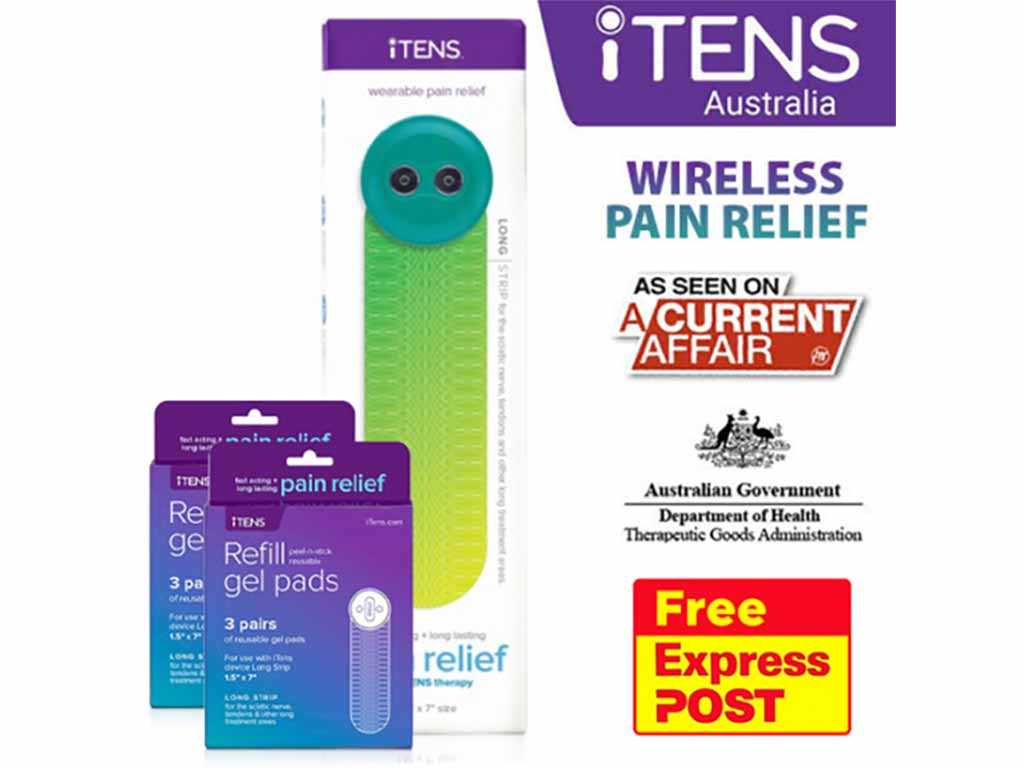
A pinched nerve in the lower back occurs when a spinal nerve becomes compressed or irritated. Various conditions may cause this, such as rheumatoid arthritis, degenerative discs, bone spurs, and sports injuries. The symptoms include pain that radiates down one or both legs. Thus, it can be uncomfortable and debilitating. Individuals employ various treatments to relieve the pain, ranging from medications, gentle exercises, and physical therapy. In severe cases, it might even require surgery.
Nerves throughout the body send electrical signals that help a person feel sensations. It is also responsible for voluntary movement, digestion, breathing, heart rate, and stress response. However, a compressed nerve can cause the signals to become distorted, causing pain, numbness, tingling, or weakness. Thus, it can affect the quality of life. This article will delve into the causes of nerve impingement in the lower back and available treatments to manage it.
Causes Of Pinched Nerve in Lower Back
A pinched nerve in the lower back, also known as lumbar radiculopathy, can be caused by a variety of factors. One common cause is a herniated disc. It is a condition where the soft inner material of a spinal disc protrudes through the outer layer and compresses a nerve root. This can occur due to age-related degeneration or sudden trauma to the back.
Another cause is spinal stenosis. It is a narrowing of the spinal canal, which can put pressure on the nerves. This can also be age-related or a result of another underlying condition like rheumatoid arthritis. Additionally, spondylolisthesis is a spinal condition where one of the vertebrae moves out of place.
Another cause is muscle spasms or tightness. When the muscles become tight or weak, they can pull on the surrounding structures and put pressure on the nerves. Lastly, spinal tumours and infections can cause nerve compression as well. In particular, the sciatic nerve is the longest nerve running in the body, starting from the lower back down to the back of the legs. Thus, it is the most vulnerable to becoming impinged.
Risk Factors
- Poor posture and body mechanics can increase the risk of a pinched nerve.
- Obesity or being overweight can put excessive pressure on the spine.
- Repetitive motions or activities that strain the lower back, such as heavy lifting or bending.
- Degenerative disc disease or abnormalities.
- Spinal arthritis or inflammation of the joints
- The formation of scar tissue from spinal surgery can impact one or multiple nerves.
- Heredity or pre-existing conditions can also increase the risk of lumbar radiculopathy.
- Traumatic injury or accidents, such as car crashes or sports-related injuries.
- Pregnancy. Weight gain and water retention put women at risk.

Medications And Remedies For Pinched Nerve In Lower Back
A pinched nerve in the lower back can be managed with conservative treatments. This includes rest, medications, and stretching exercises. Over-the-counter pain relievers like acetaminophen and anti-inflammatories can help reduce pain and swelling. Another treatment option is the use of muscle relaxants to help reduce muscle spasms, alleviating the pressure off the nerves.
Some anti-convulsants and oral or injected corticosteroids can help treat nerve-related pain. Anti-convulsants were originally developed to control and manage seizures, but can also help dull pain. In addition to medications, physical therapy can help manage the symptoms of pinched nerves. It involves active exercises to strengthen the muscles that support the lumbar spine. Massage therapy may also help with symptoms of sciatica.
Individuals who want drug-free and non-invasive pain relief may benefit from Transcutaneous Electrical Nerve Stimulation (TENS). It is a therapy that uses mild electrical currents to stimulate the nearby nerves to reduce pain. A TENS machine can help block pain signals going to the brain and trigger endorphin release. Thus, it helps minimise symptoms of sciatica and other chronic pain.
Possible Side Effects Of Oral Medications
Oral medications can be effective in relieving pain symptoms, but they also come with potential side effects. One common side effect is gastrointestinal issues, including nausea, vomiting, or diarrhoea. This can occur when the medication irritates the lining of the stomach or intestines. Some may also lead to digestive disturbances for individuals with sensitive stomachs.
Another side effect is drowsiness or fatigue. It is important to note that anti-inflammatory drugs should be taken as directed and for a limited duration. Prolonged use can have adverse impacts on the stomach and kidneys. Being aware of these potential side effects can help determine a suitable treatment.

Undergoing Surgery For Pinched Nerve In Lower Back
In extreme cases, a doctor may recommend surgery to treat a pinched nerve in the lower back. This option is considered if the symptoms do not improve with conservative treatments. Surgery can involve removing the source of compression through a minimally invasive procedure under local anaesthesia. However, this depends on the cause or severity of the impingement.
The first type is endoscopic discectomy. A surgeon decompresses the nerve roots damaged by spinal discs with a tubular device. Such procedures are usually performed on an outpatient basis, allowing the patient to leave the hospital on the same day. Next is endoscopic foraminoplasty. It enlarges the surrounding area of a spinal bone near the affected nerve to relieve compression.
Lastly, a laminectomy removes a small portion of the lamina bone, the bony sheath surrounding the spinal canal. Along with the lamina, a surgeon may also remove a small portion of tissue that is impinging or worsening spinal health. Such surgeries are costly and risky, and the recovery period can be lengthy and demanding.
Recover From Postoperative Pain
Patients may experience pain after surgery, including swelling and limited mobility. To ease the recovery process, doctors may prescribe medications for inflammation. Others may utilise relaxation techniques, such as deep breathing exercises and meditation to reduce stress. Brace the surgery site and engage in low-impact activities, slowly increasing them until full recovery.
TENS therapy can also help manage postoperative pain. It helps boost blood circulation, reducing inflammation and promoting healing. The increased blood flow helps relax the surrounding muscles and tissues, allowing the body to heal faster. Additionally, it increases endorphin levels in the body to reduce pain signals sent to the brain.
Conclusion
A pinched nerve in the lower back can cause extreme pain and discomfort. It is caused by a variety of factors, such as arthritis, disc herniation or other spinal disorders. Individuals may experience this due to a traumatic injury or age-related factors. Thus, this condition can be chronic or persistent. It is advisable to seek medical attention or intervention to avoid permanent nerve damage. The treatment options may include oral pain relievers, physical therapy, and TENS.
It is advisable to try these treatments first to manage the pain. Individuals taking oral medications should follow the instructions of a medical professional to avoid possible side effects. In most cases, the symptoms are manageable with these remedies. However, a doctor may recommend surgery if the nerve pain is severe and does not improve with medicines or therapies. It can be risky and costly but may provide long-term relief.







